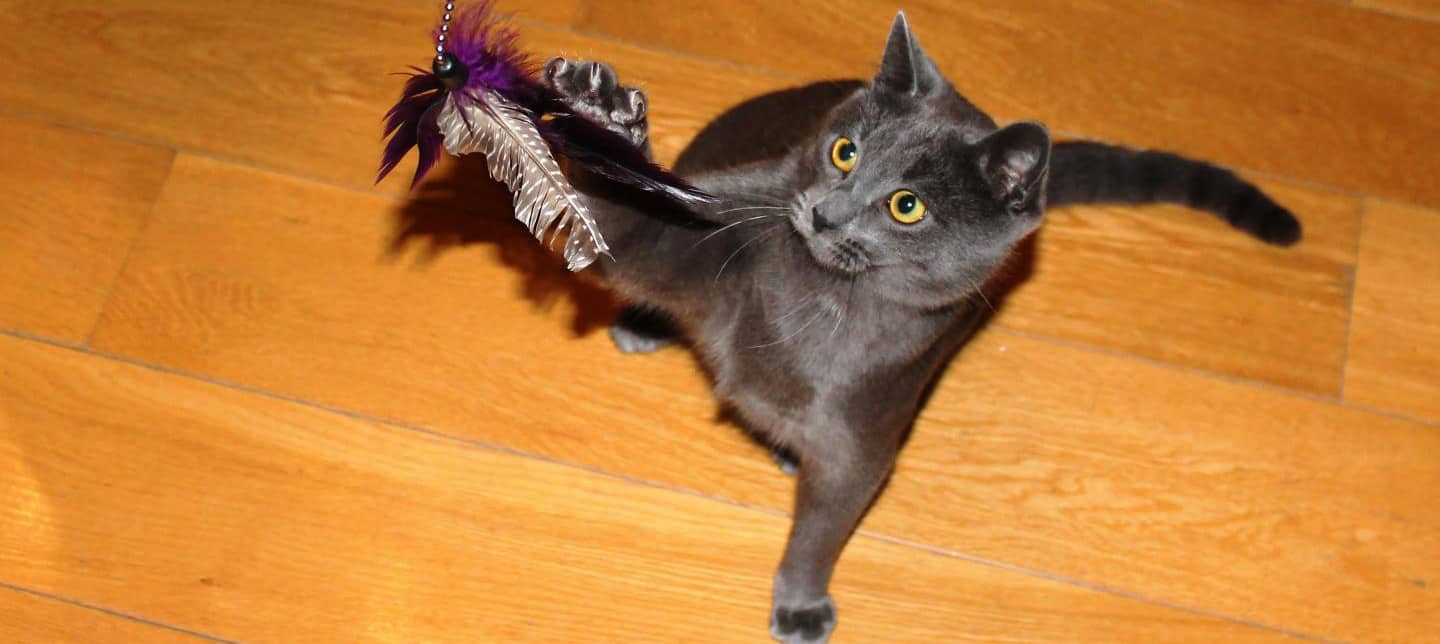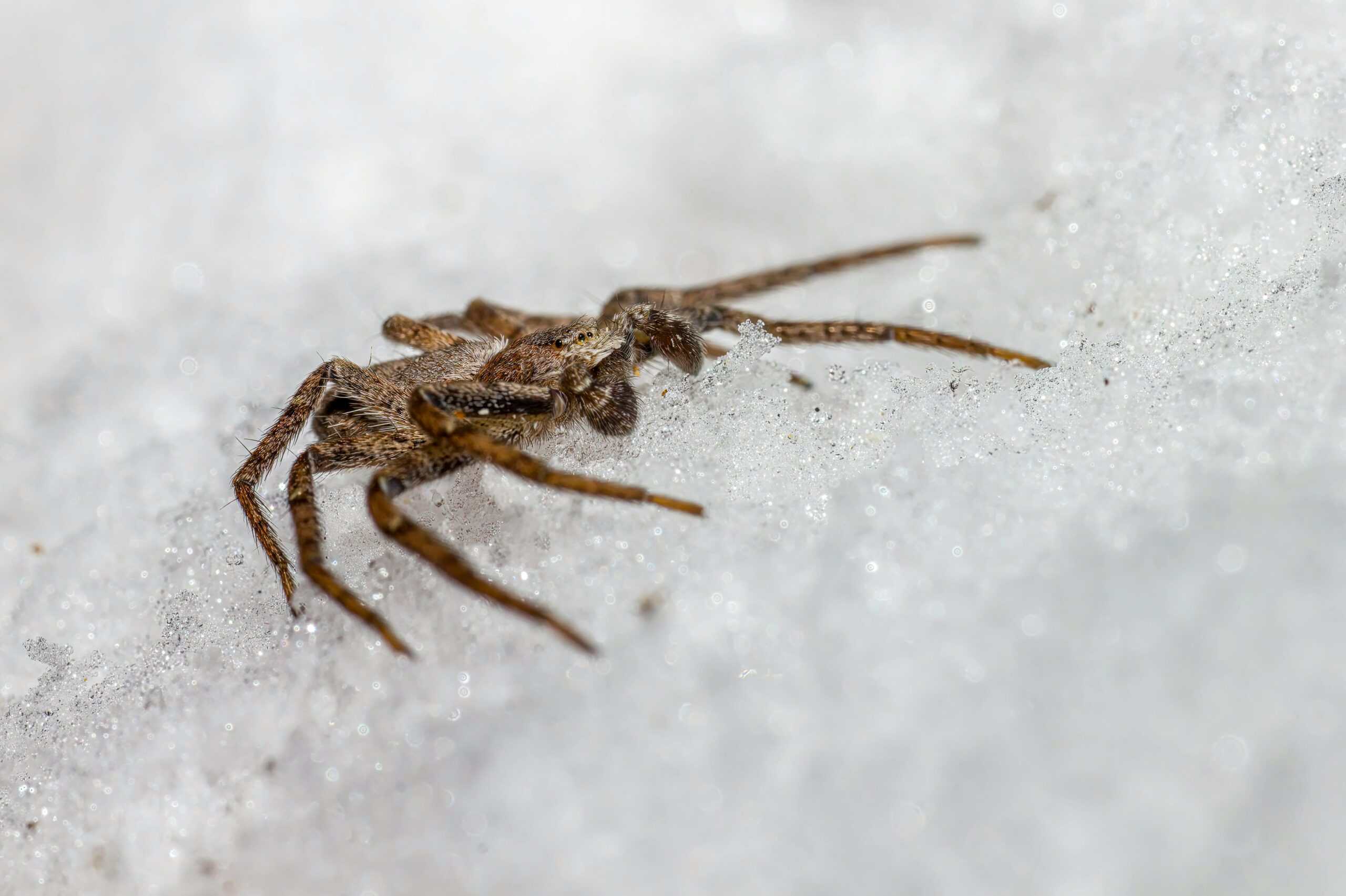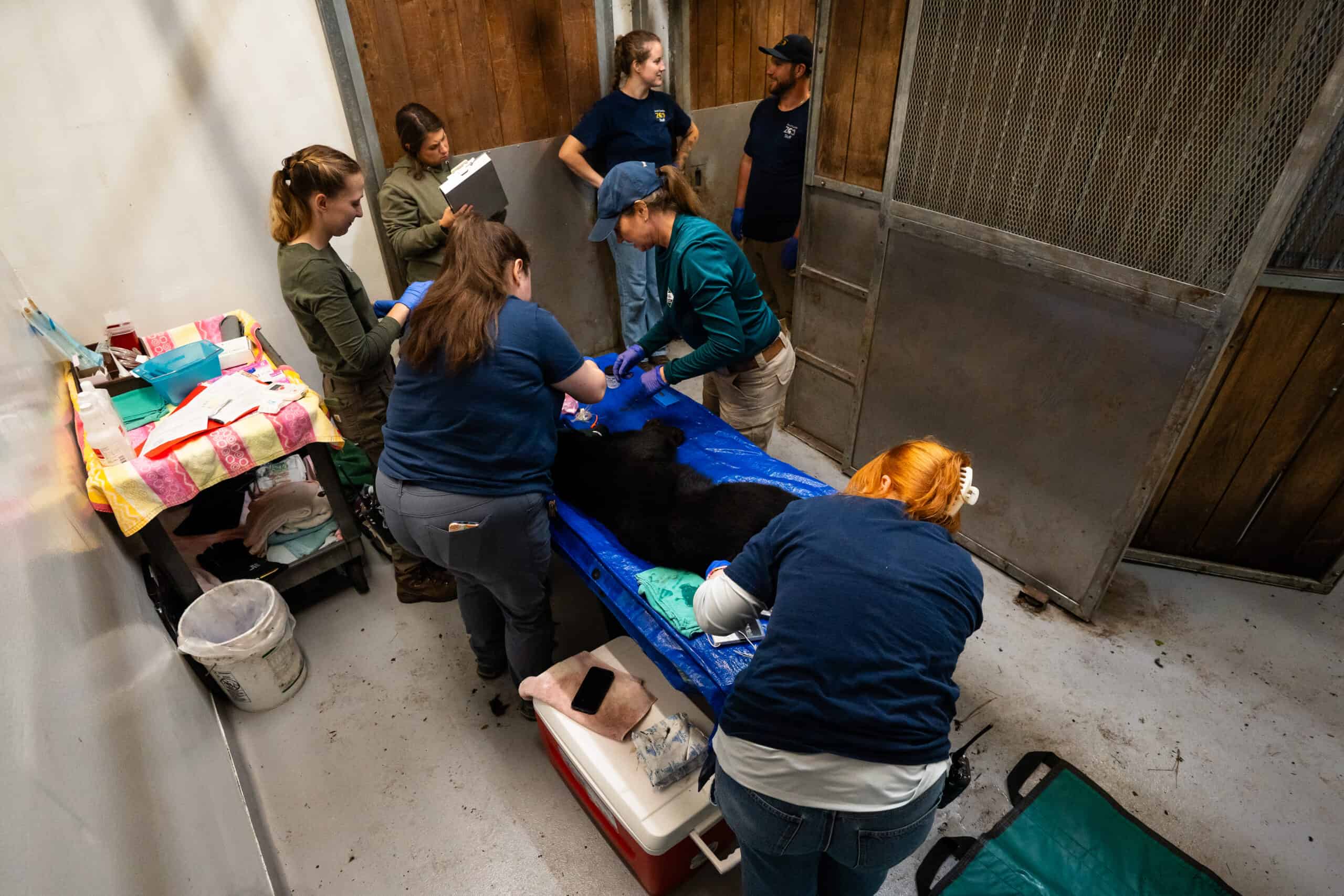Share this article
For roaming cats, meatier food and play mean less prey
When pet owners in the United Kingdom feed their pet cats diets heavy in meat or play with them, the felines are less likely to bring home wildlife prey.
While the United States has made progress in encouraging pet owners’ attitudes to keep their cats indoors, the U.K. has not yet started on this journey. And in the U.S. even, recent research has revealed cats are killing a number of wildlife species.
“This cultural difference in how cats are kept really marks the difference between countries,” said Robbie McDonald, a professor in the Environment and Sustainability Institute at the University of Exeter. “For example, almost all cats are outdoor animals [in the U.K.]. We need to engage with people because if we berate them about their cats, people become defensive of themselves and of their animal, which doesn’t lead to constructive engagement.”
McDonald is the senior author of a study published in Current Biology led by his student Martina Cecchetti, where they experimented with methods to keep domestic cats from killing wildlife. They looked at a few different strategies, from colored collar covers to bells that alert birds that cats are nearby. They also looked to see if diet, play and other behaviors might affect cats’ hunting habitats.
Reaching out on television, radio and social media, they recruited 219 cat-owning households, including 355 cats, and asked them to try different methods over a 12-week period. Some fed them pet food high in meat protein. Some played with their cats using a combination of feather and mouse toys. Some fed their cats in puzzle ball feeders that challenge the cats to reach their food.
The experiment was a little like herding cats. “Inevitably, with a large group of households, you’ll have people doing things slightly differently,” McDonald said. Sometimes the cats dislike the trial food. Sometimes owners couldn’t play with the cats, for example if they went away for the weekend. “There was quite a lot of active communication back and forth, so that we could deal with snags like that in our analysis. But I wasn’t troubled by that because this was a trial of real life.”
The team found that when cats were fed meat-rich diets, they brought home 36% fewer wild animals than a control group. When owners played with their cats using the toys for five to 10 minutes a day, cats brought home 25% less prey. The puzzle feeders, they found, actually caused the cats to bring home more wild prey, possibly because they ate less food and sought it in the wild. “We crossed that off our list,” McDonald said. The bells, they found, had no effect on cat hunts, and collars were more effective. The collars reduced bird prey cats brought back by 42%, but they didn’t change the amount of mammal prey.
“The key finding was, you could intervene in a non-invasive way that changed the cats’ motivation to go out hunting,” he said. “By looking after the animals better, we can at least partly avert this negative consequence of letting them go outdoors.”
But, McDonald said, by no means is he suggesting people let their indoor cats outside. “Our study is not saying to people, ‘Now, on you go. Let your cats out,’” he said.
Working with people is important for wildlife biologists, he said. “To eliminate the problem, of course, it’s true, it’s best to keep cats indoors all the time, or not to have cats,” he said. “But the problem with that approach is, it alienates a lot of people who love their cats — and that isn’t a trivial relationship.”
Header Image:
A cat plays with a feather toy. Encouraging play is one way to help prevent cats from hunting wildlife.
Credit: Martina Cecchetti








